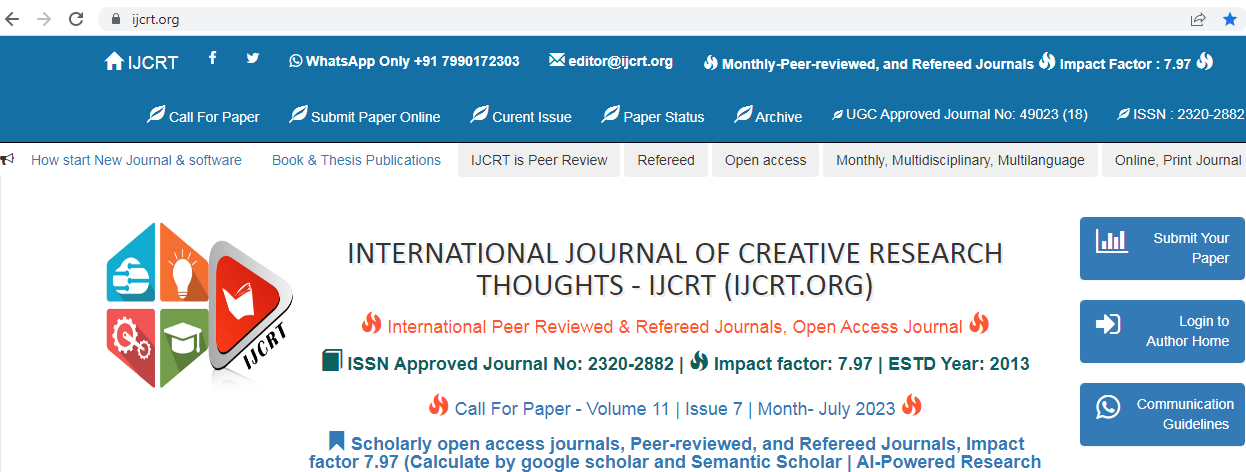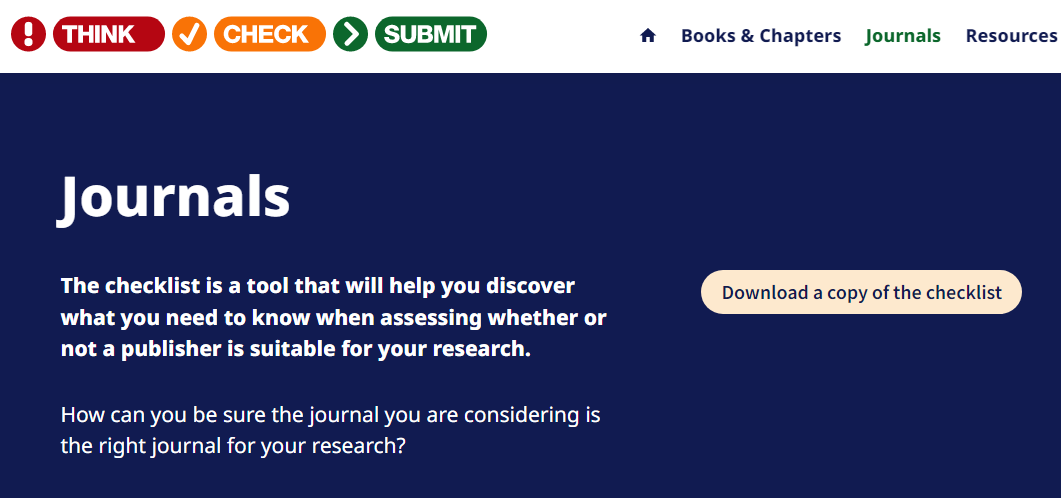Misleading ISI Indexing
Misleading ISI Indexing
What is Institute for Scientific Information (ISI)?
The Institute for Scientific Information (ISI) was founded by Eugene Garfield in 1960. It was acquired by Thomson Scientific & Healthcare in 1992, became known as Thomson ISI and now is part of the Healthcare & Science business of the multi-billion dollar Thomson Reuters Corporation.
ISI offered bibliographic database services. Its specialty: citation indexing and analysis, a field pioneered by Garfield. It maintains citation databases covering thousands of academic journals, including a continuation of its longtime print-based indexing service the Science Citation Index (SCI), as well as the Social Sciences Citation Index (SSCI), and the Arts and Humanities Citation Index (AHCI). All of these are available via ISI's Web of Knowledge database service. This database allows a researcher to identify which articles have been cited most frequently, and who has cited them.
The ISI also publishes the annual Journal Citation Reports which list an impact factor for each of the journals that it tracks. Within the scientific community, journal impact factors play a large but controversial role in determining the kudos attached to a scientist's published research record.
A list of over 14,000 journals is maintained by the ISI. The list includes over 1100 arts and humanities journals as well as scientific journals. Listing is based on published selection criteria and is an important indicator of journal quality and impact.
The ISI also publishes a list of highly cited researchers, one of the factors included in the Academic Ranking of World Universities published by Shanghai Jiao Tong University.
ISI publishes Science Watch, a newsletter which identifies every two months one paper published in the previous two years as a "fast breaking paper" in each of 22 broad fields of science, such as Mathematics (including Statistics), Engineering, Biology, Chemistry, and Physics. The designations are based on the number of citations and the largest increase from one bimonthly update to the next. Articles about the papers often include comments by the authors.
Source: https://www.socialcapitalgateway.org/ and Wikipedia.
In this post, we will analyse the fake ISI indexing service providers..
1. International Scientific Indexing (ISI)
In this post, we will see the International Scientific Indexing (ISI), it is a fake ISI.

2. ISI Impact Factor-another fake ISI indexing provider.
- Lack of Transparent Evaluation: Reputable indexing services have transparent evaluation criteria and processes. Be wary of providers that fail to provide clear information about their evaluation methods, peer review practices, and selection criteria.
- Quick Acceptance with Minimal Review: Authentic indexing takes time and involves a thorough peer review process. Beware of providers that promise quick acceptance without proper peer review.
- Inclusion in Well-Known Databases: Some fake providers claim to index journals in well-known databases like PubMed, Scopus, or Web of Science without proper verification. Always cross-check their claims with the official websites of these databases.
- Unsolicited Email Invitations: Legitimate journals and indexing services rarely send unsolicited emails inviting authors to publish. Be cautious if you receive unexpected emails from unfamiliar sources.
- Loss of Credibility: Publishing in fake indexed journals can severely damage the credibility of your research and your academic reputation.
- Wasted Resources: Financially supporting fake indexing providers not only wastes resources but also perpetuates their fraudulent practices.
- Ethical Concerns: Associating with fraudulent providers goes against ethical standards in research and publication.
- Research the Provider: Thoroughly investigate the provider's background, reviews, and legitimacy before submitting your work.
- Check Inclusion: Verify the indexing claims by cross-referencing with official indexing databases' websites.
- Seek Recommendations: Consult colleagues, mentors, or reputable academic forums for recommendations on trustworthy indexing services.






Comments
Post a Comment